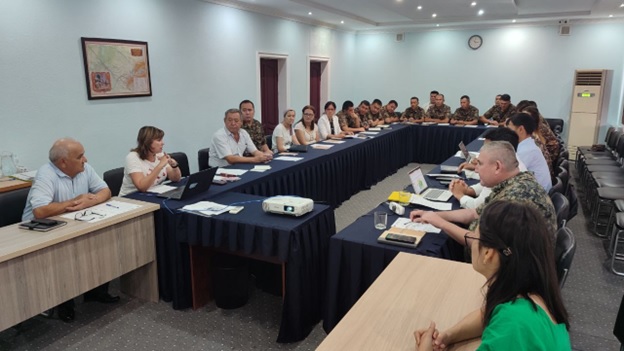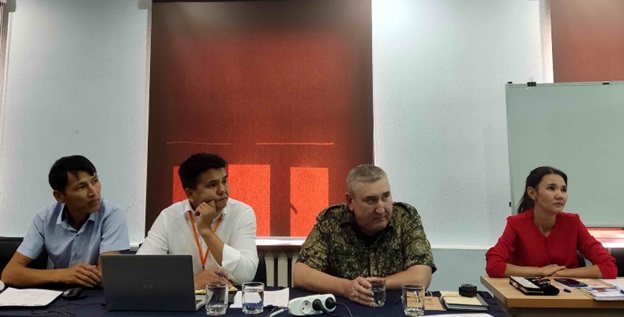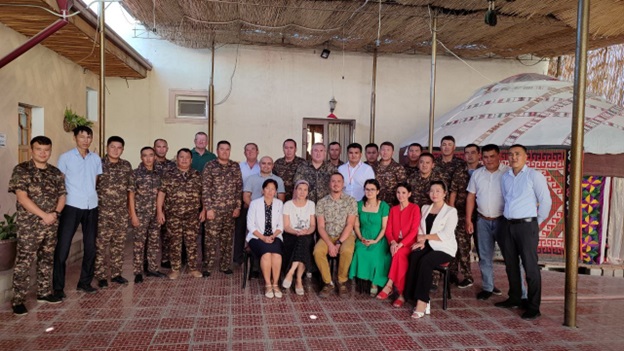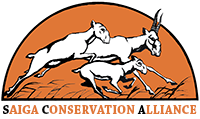Illegal hunting of saiga antelope (saiga tatarica) led to one of the largest population declines in the late 1990s and early 2000s. The species has declined by more than 90%. Since then, despite ongoing threats (including poaching, trade in saiga body parts and derivatives, impacts from linear infrastructure, climate change, and disease outbreaks), significant conservation efforts (under the CMS-CITES Memorandum of Understanding on Saiga Conservation) have achieved varying degrees of saiga antelope recovery in all five populations (CMS 2021). The most impressive recovery results have been demonstrated in Kazakhstan, where >97% of the world’s saiga population lives. The number of saigas in the Ural (Kazakhstan-Russia) may now be approaching historical levels, and the number of saigas in Betpak-Dala (Central Kazakhstan) may also reach this level in the next 3-5 years. Although recovering, populations in Ustyurt (Kazakhstan-Uzbekistan), the Caspian region (Russia), and Mongolia are still only a fraction of their former numbers. The situation with the Ustyurt population continues to be the most critical.
The Saiga Conservation Alliance (SCA), together with the Fauna & Flora International (FFI), the Association for the Conservation of Biodiversity of Kazakhstan (ACBK), the Institute of Zoology of the Academy of Sciences of the Republic of Uzbekistan and the University of Oxford, began a three-year program called “Strengthening local capacity for scientifically based conservation of saiga in its natural habitat in Kazakhstan and Uzbekistan.”
This program involves cross-border cooperation between Uzbekistan and Kazakhstan and aims to restore saiga populations through effective conservation and crime prevention to reduce the threat of poaching and trafficking in saiga horns and meat. The project will place particular emphasis on building the capacity of protected areas to implement effective conservation measures.
One of the first steps of the program in Uzbekistan was the organization of an orientation seminar, which took place on September 5, 2023, in Nukus. The seminar brought together representatives of five protected areas located in modern and historical habitats of the saiga: the Saigachiy Complex (Landscape) Reserve, the Southern Ustyurt and Aralkum National Parks, the Barsakelmes and Sudoche-Akpetki Reserves. The event was also attended by representatives of the Ministry of Ecology of Karakalpakstan, FFI, the SCA, and the Academy of Sciences. Project manager Samat Toigonbaev (FFI) presented in detail the goals and objectives of the project, discussed planned activities, and answered questions from seminar participants. Representatives of protected areas and the Academy of Sciences shared their experience in monitoring biodiversity, SMART patrolling, and anti-poaching.



Participants of the inception meeting in Nukus
Photo by A. Esipov and E. Bykova
